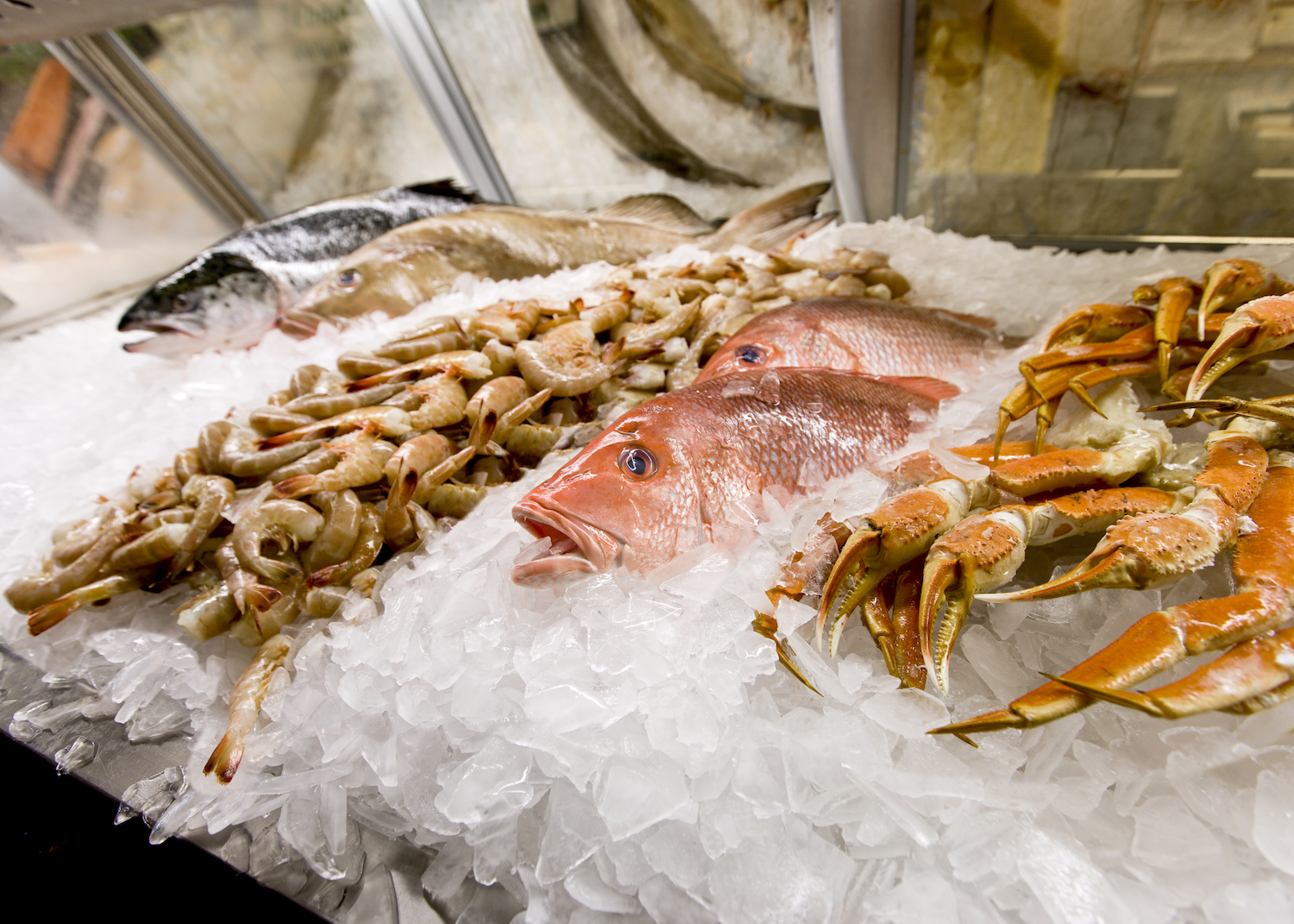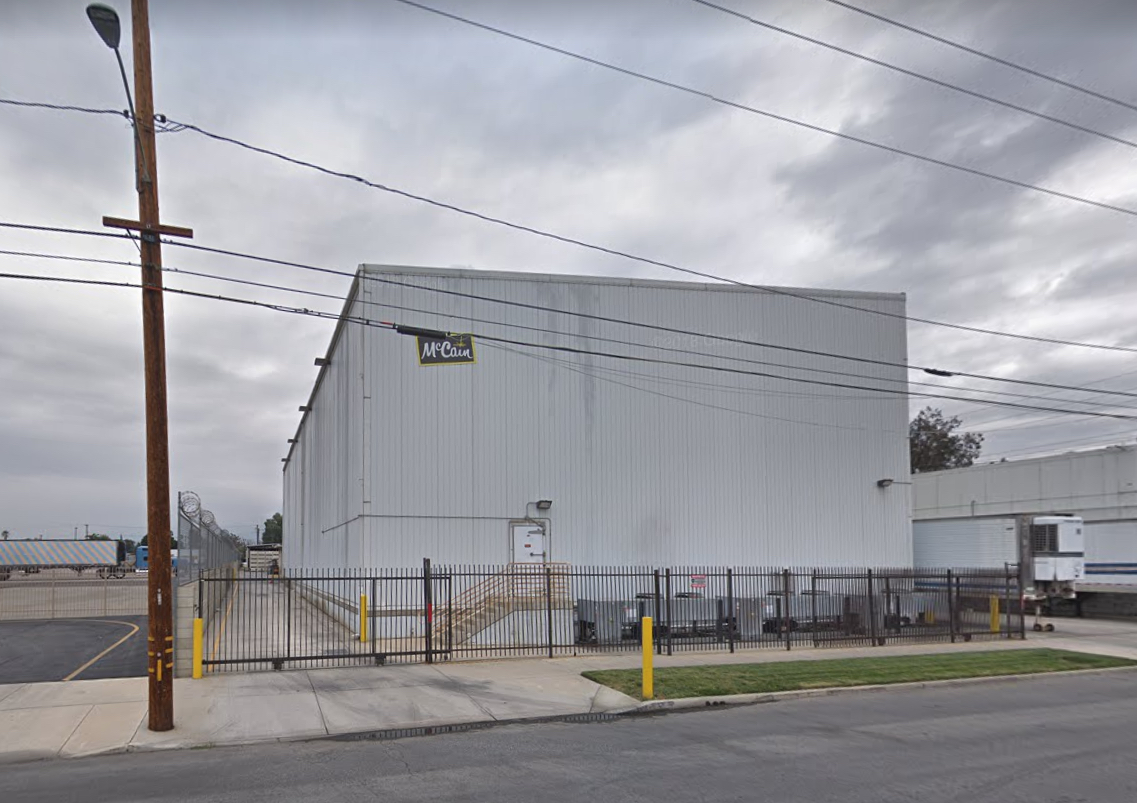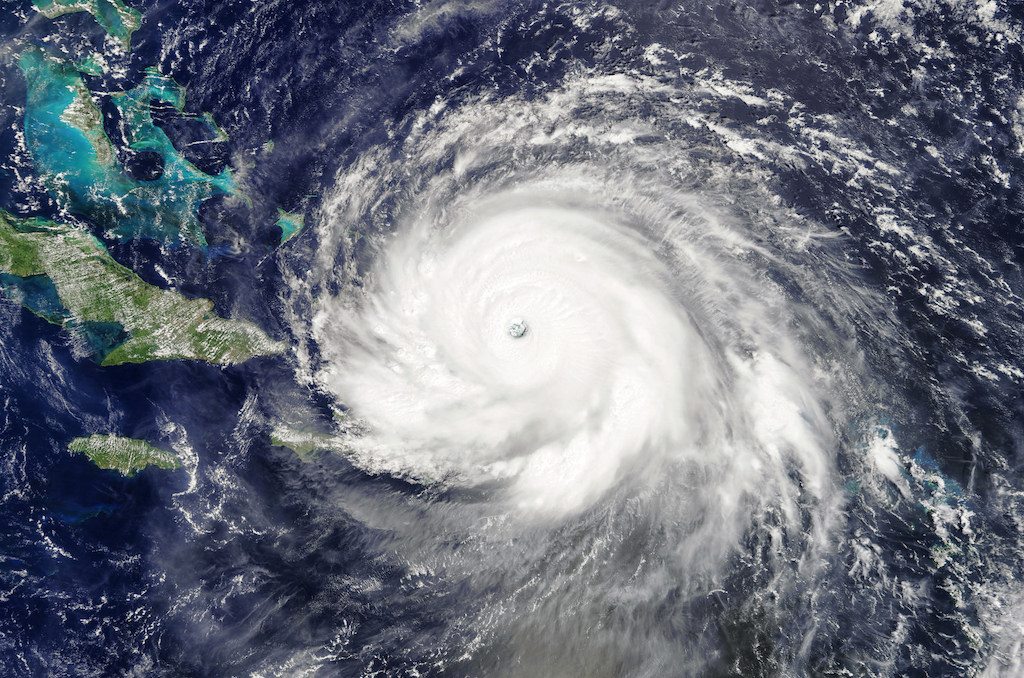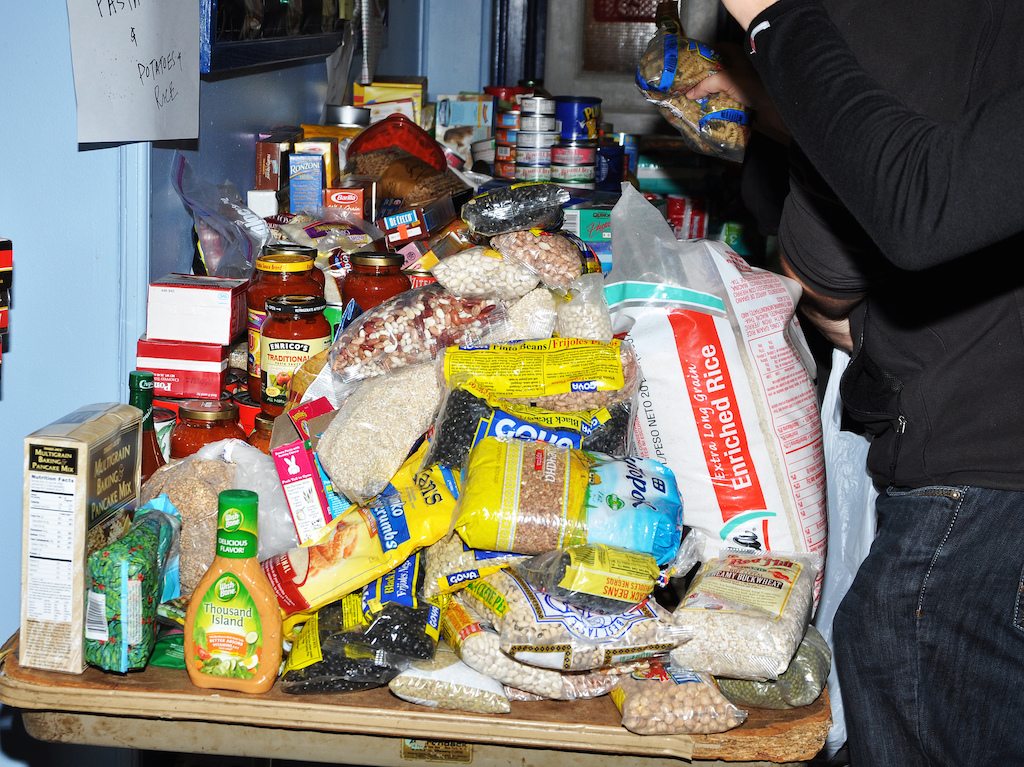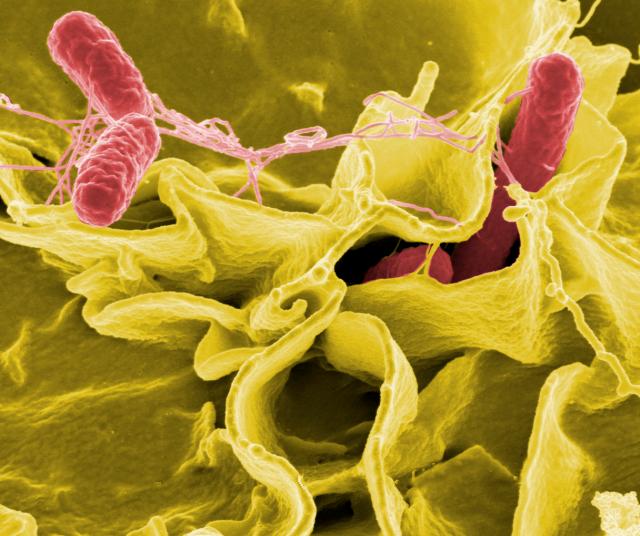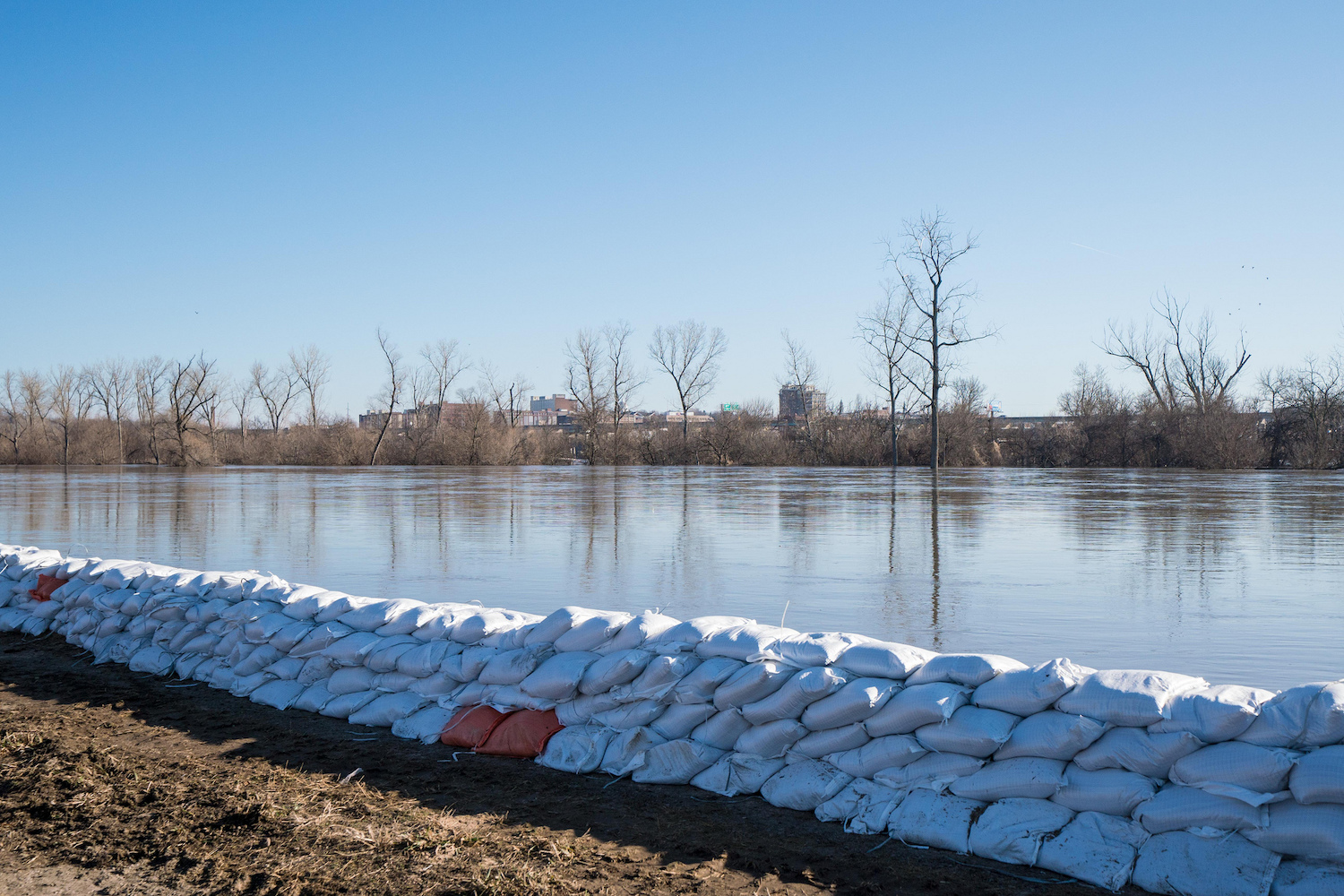Rodent filth, drug residue, undeclared allergens, Salmonella—these are just a handful of the health violations that impelled the Food and Drug Administration (FDA) to block large batches of seafood imports in recent years. The violations, once detected through precautionary testing, lead to what are known as “import alerts,” which FDA uses to detain subsequent shipments from the same region or company on the basis that they are likely to present similar concerns. You’d think that, to get taken off such a blacklist, companies would have had to undergo a subsequent FDA inspection. Even FDA’s internal guidelines require as much.
But according to a new report by the Government Accountability Office (GAO), this rarely happens in practice. In a multiyear review, it found that FDA routinely fails to audit seafood importers whose products re-enter the supply chain after having been pulled out due to potential health violations. (To be clear, if FDA has detected a violation through testing, the offending batch of product must be exported or destroyed, according to John Johnson, an attorney specializing in FDA regulations.) Instead, companies themselves and the private laboratories that they contract are largely responsible for overseeing the resolution of a wide range of issues, from mislabeling to adulteration—an honor system arrangement that raises food safety concerns in a wide-reaching industry.
The majority of seafood that Americans eat is imported. Exact figures are hard to pinpoint because domestically harvested fish is often processed abroad before it returns stateside. However, experts have recently estimated that between 62 and 65 percent of our fish and shellfish is sourced from abroad. When shipments of a specific product, or from a certain region or company, raises alarm bells, FDA officials issue an import alert, a mechanism that allows the agency to pull all future shipments that fall within its criteria from entering the food supply.
Companies can petition to get exempted from an import alert by submitting evidence that they are, in fact, complying with food safety laws, or that they’ve changed their ways. For example, a fishmonger can submit lab results contending that their products never contained, say, unapproved antibiotics—or that consecutive shipments since the import alert are in the clear. However, this process relies heavily on private labs hired by the companies themselves. To double check their work, FDA’s internal guidelines require officials to audit outside testing. But when GAO reviewed 274 instances where FDA exempted companies from import alerts, it found that the agency had failed to audit their products 95 percent of the time.
“It appeared that they were primarily relying on documentation submitted by these companies,” explains a GAO staffer involved with the report. “If FDA is not extensively conducting its own review of this information, it may not be sure these companies have in fact corrected their problems and that there’s continued compliance.”
In addition to issues with product inspections, GAO also reviewed instances where FDA has flagged seafood processing facilities for potential public health hazards. FDA directives require the agency to conduct follow-up inspections to verify whether these facilities have resolved their issues. However, GAO found, out of 32 instances that called for a follow-up inspection, FDA did so just one time.
For Ryan Talbott, an attorney at the Center for Food Safety, a non-profit advocacy group, the GAO’s findings were shocking. “That’s a big problem and a red flag,” he says. “FDA is not following through on their obligation to ensure that our food is protected.
Without strengthening regulatory oversight on imported seafood, he argued, contaminated seafood could be hiding in plain sight: “If you’re eating fish, and it doesn’t look any different, it doesn’t smell any different, but it is infected with a pathogen, it’s a potentially deadly problem.”
FDA is well aware of its shortcomings: The agency’s oversight of imported seafood has been on the receiving end of numerous GAO reports in the past decade, covering everything from the prevalence of fraud to the misuse of drugs. At the end of its most recent report, GAO recommended that FDA develop a process to monitor whether it was meeting its own audit goals—a suggestion that FDA doesn’t dispute. However, whether the agency can really double down on its supervision of imported seafood may depend on its funding, says Sven Anders, a professor of resource economics and environmental sociology at the University of Alberta. Anders has written about FDA’s import alert process in the past.
“It would need a regulatory push with money in hand to hire more inspectors, to get more government labs, and to be more vigilant in these inspections,” he says.
In 2011, Congress passed the Food Safety Modernization Act, which expanded FDA’s oversight of the supply chain and authorized the agency to take preventative measures to ensure food safety, rather than rely solely on reactive ones. However, as one former FDA official told Politico earlier this year, the bill remains underfunded, particularly when it comes to provisions related to oversight of imported foods.
“The amount of product that comes across U.S. borders each and every day is so large and there’s so many things to look after—seafood is just one category,” Anders adds. “It’s very difficult to keep that close of an eye on and inspect so many things …. It’s going to be very costly. And the question is who’s going to pay for that? Is it the U.S. taxpayers? Is the importers on the U.S. side? Is the exporters in the country of origin? Guess what? Nobody wants to pay for that.”
